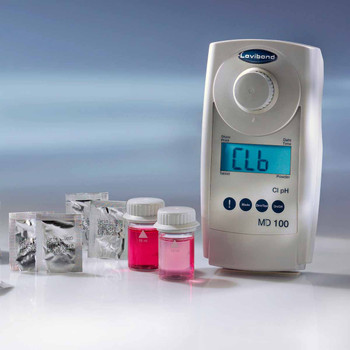Description
Properties
| grade | ReagentPlus® |
| InChI Key | RYYVLZVUVIJVGH-UHFFFAOYSA-N |
| form | powder |
| mp | 234-236.5 °C (lit.) |
| solubility | H2O: 15 mg/mL |
Description
Caution
Keep tightly sealed.
Packaging
1 kg in poly bottle
5, 100, 500 g in poly bottle
Application
Caffeine has been used:
• to study its impact on the fluorescence of Petunia nuclei
• as a stimulant to induce c-fos expression in rodents
• as a component of defined media for the development of bovine oocytes in vitro
Biochem/physiol Actions
A central nervous system stimulant believed to act through adenosine receptors and monoamine neurotransmitters. It is an adenosine receptor antagonist and adenosine 3′,5′-cyclic monophosphate (cAMP) phosphodiesterase inhibitor. Thus, levels of cAMP increase in cells following treatment with caffeine. It has been reported to affect cellular calcium levels, releasing calcium from intracellular stores. It overrides the cell cycle effects of various chemicals such as protease inhibitors, preventing apoptosis; and it has been shown to inhibit cellular DNA repair mechanisms.
General description
Caffeine is a widely ingested pharmacologically active substance. It belongs to the class of methylxanthines.[2] It is a naturally occurring alkaloid found in coffee, cocoa and other plants. Caffeine might be associated with osteoporosis, cardiovascular risk, arrhythmia and gastrointestinal disturbances.[1] Caffeine is used to treat orthostatic hypotension,[4] bronchopulmonary dysplasia and apnea of prematurity (AOP).





